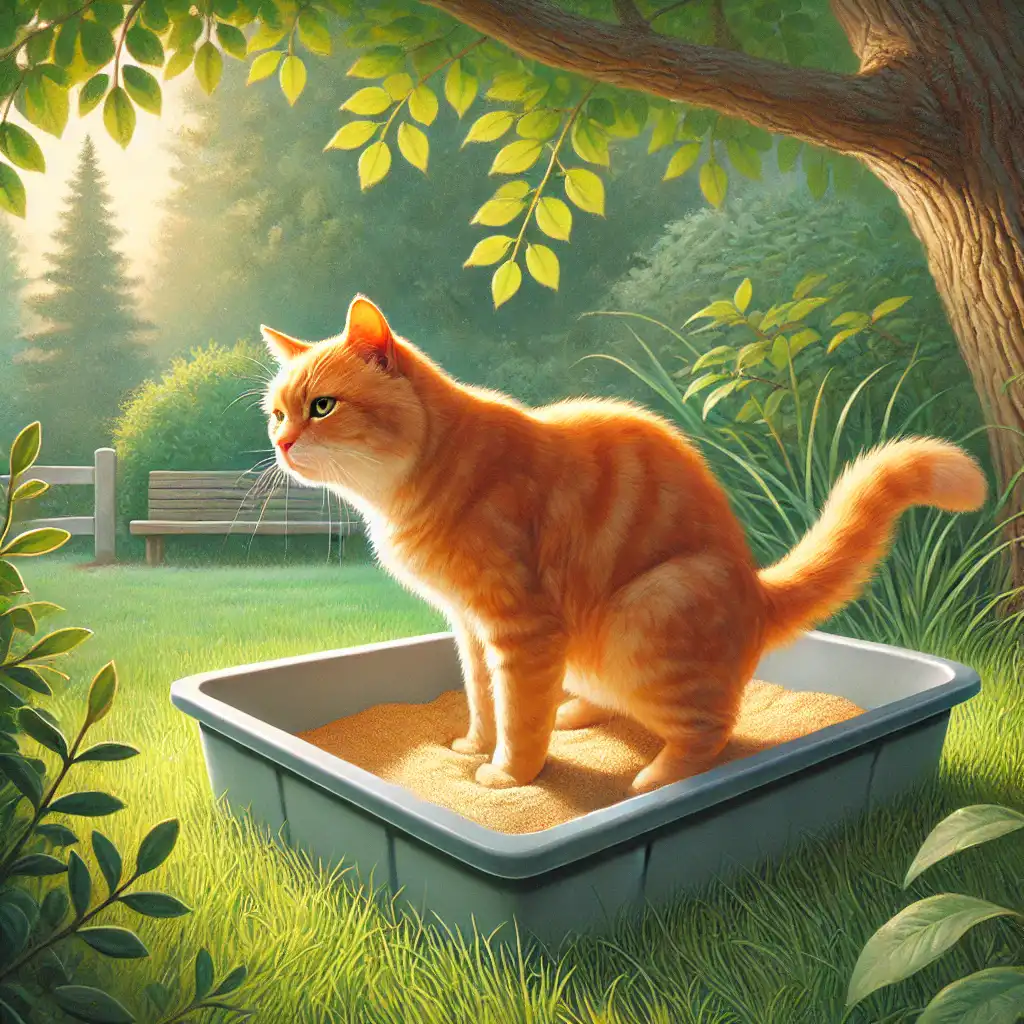Understanding FLUTD: Common Causes & Treatments
Feline Lower Urinary Tract Disease (FLUTD) is a term for health problems that affect a cat’s bladder or urethra. Below are the most common causes, their signs, and how they’re usually treated.
1. Urinary Stones (Uroliths)
Hard crystals or “stones” that form in the bladder or urethra, often made of minerals like struvite or calcium oxalate.
Signs to watch for:
- Straining or pain when urinating
- Blood in the urine
How are they treated?
- Struvite stones: Can sometimes be dissolved with a special diet.
- Calcium oxalate or stubborn struvite stones: May need removal via surgery.
2. Urinary Tract Infection (UTI)
An infection caused by bacteria, fungi, parasites, or viruses in the urinary tract. More common in female cats over 10 years old.
Signs to watch for:
- Frequent or painful urination
- Blood in the urine
- Licking the genitals
How is it treated?
- Urine culture to identify the infecting organism
- Treatment may include fluid therapy, antibiotics, or diet changes
3. Urethral Obstruction (Blockage)
A potentially life-threatening blockage in the urethra. More common in male cats due to their narrower urethra.
Signs to watch for:
- Straining to urinate with little or no urine
- Frequent trips to the litter box
- Pain or distress (sometimes mistaken for constipation)
How is it treated?
- Emergency care to remove the blockage by flushing with a catheter
- The catheter may remain in place for a few days
- IV fluids, pain relief, special diets, and possible surgery (perineal urethrostomy) in recurrent cases
4. Feline Idiopathic Cystitis (FIC)
Inflammation of the bladder without a clear cause, often linked to stress or anxiety.
Signs to watch for:
- Similar to other urinary problems (straining, frequent urination, discomfort)
- Episodes that come and go
- Worsened by stress
How is it managed?
- No cure, but reducing stress at home helps
- Specific diets and some medications may ease symptoms
5. Other Causes
Less commonly, FLUTD can be caused by tumors, birth defects, or injuries. Treatment depends on the specific issue.
Key Takeaways
- Common causes: Urinary stones, infection, urethral obstruction, and idiopathic cystitis
- Watch for signs of trouble: straining, blood in urine, or excessive licking of the genital area
- Seek veterinary help if your cat can’t urinate or appears in pain—this can be life-threatening
- Reduce stress at home, especially for cats with idiopathic cystitis
- Follow up with your vet for ongoing care and preventive advice
Tiny Pet Clinic – Phuket’s trusted partner in feline care.
References
- American Veterinary Medical Association (AVMA): Feline Lower Urinary Tract Disease
If you have questions or think your cat may have FLUTD, contact our clinic right away at Tiny Pet Clinic. Our team is here to help keep your cat healthy and comfortable.
